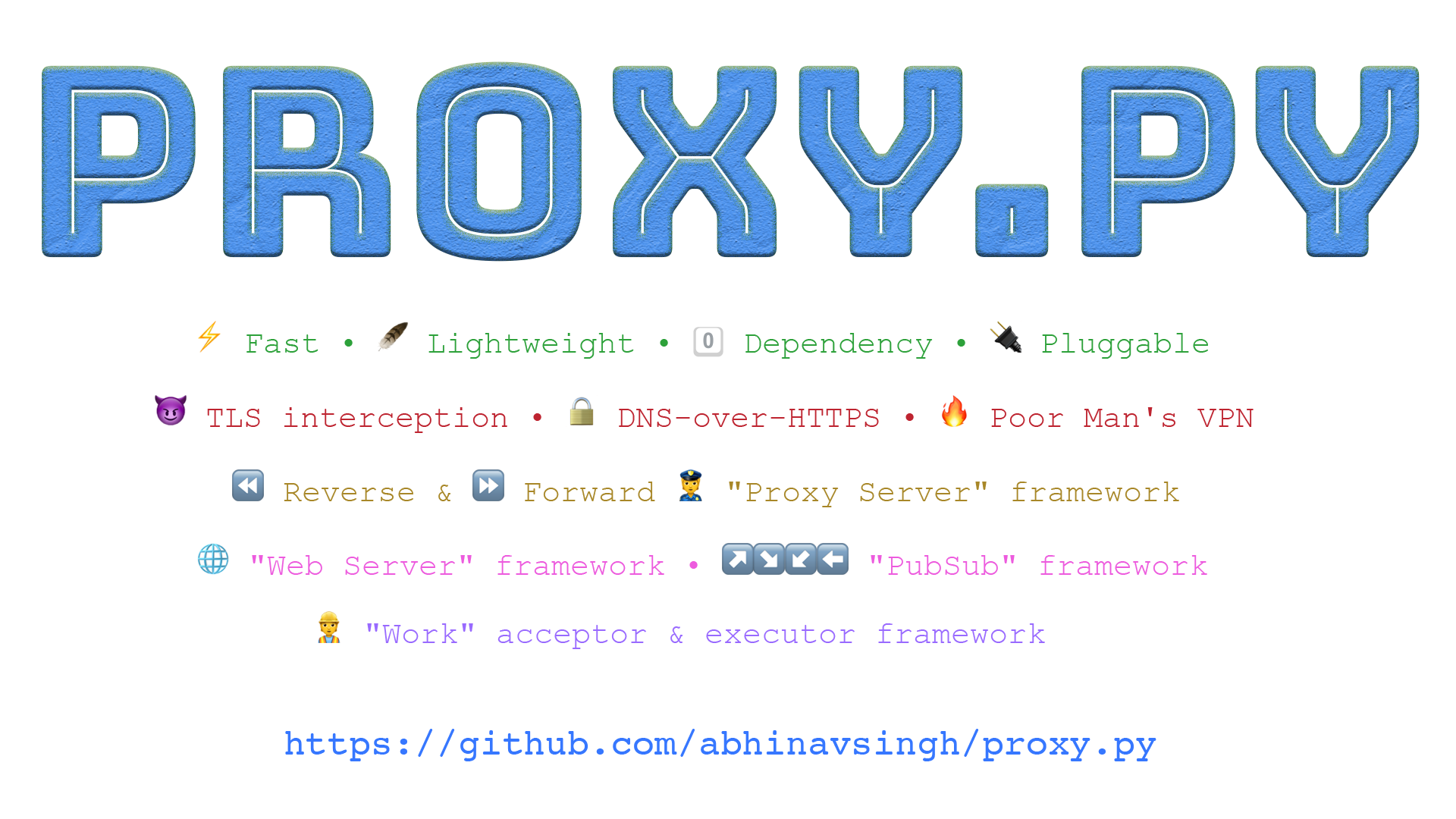neon_course
This repository contains several jupyter notebooks to help users learn to use neon, our deep learning framework. For more information, see our documentation and our API.
Note: this version of the neon course is synchronized to work with neon v1.8.1, and some notebooks require installation of the aeon dataloader. For install instructions, see the neon and aeon documentation. See neon_course v1.2 for a version of this repository that works with neon version 1.2.
The jupyter notebooks in this repository include:
01 MNIST example
Comprehensive walk-through of how to use neon to build a simple model to recognize handwritten digits. Recommended as an introduction to the neon framework.
02 Fine-tuning
A popular application of deep learning is to load a pre-trained model and fine-tune on a new dataset that may have a different number of categories. This example walks through how to load a VGG model that has been pre-trained on ImageNet, a large corpus of natural images belonging to 1000 categories, and re-train the final few layers on the CIFAR-10 dataset, which has only 10 categories.
03 Writing a custom dataset object
neon provides many built-in methods for loading data from images, videos, audio, text, and more. In the rare cases where you may have to implement a custom dataset object, this notebooks guides users through building a custom dataset object for a modified version of the Street View House Number (SVHN) dataset. Users will not only write a custom dataset, but also design a network to, given an image, draw a bounding box around the digit sequence.
04 Writing a custom activation function and a custom layer
This notebook walks developers through how to implement custom activation functions and layers within neon. We implement the Affine layer, and demonstrate the speed-up difference between using a python-based computation and our own heavily optimized kernels.
05 Defining complex branching models
When simple sequential lists of layers do not suffice for your complex models, we present how to build complex branching models within neon.
06 Deep Residual network on the CIFAR-10 dataset
In neon, models are constructed as python lists, which makes it easy to use for-loops to define complex models that have repeated patterns, such as deep residual networks. This notebook is an end-to-end walkthrough of building a deep residual network, training on the CIFAR-10 dataset, and then applying the model to predict categories on novel images.
07 Writing a custom callback
Callbacks allow models to report back to users its progress during training. In this notebook, we present a callback that plots training cost in real-time within the jupyter notebook.
08 Detecting overfitting
Overfitting is often encountered when training deep learning models. This tutorial demonstrates how to use our visualization tools to detect when a model has overfit on the training data, and how to apply Dropout layers to correct the problem.
For several of the guided exercises, answer keys are provided in the answers/ folder.
09 Sentiment Analysis with LSTM
These two notebooks guide the user through training a recurrent neural network to classify paragraphs of movie reviews into either a positive or negative sentiment. The second notebook contains an example of inference with a trained model, including a section for users to write their own reviews and submit to the model for classification.
Setting up notebooks on remote machines
Some of these notebooks require access to a Titan X GPU. For full instructions on launching a notebook server that one could connect to from a different machine, see http://jupyter-notebook.readthedocs.io/en/latest/public_server.html. For a simple setup, first generate a configuration file:
$ jupyter notebook --generate-config
In your ~/.jupyter directory, edit the notebook config file, jupyter_notebook_config.py and edit the following lines:
c.NotebookApp.ip = '*'
c.NotebookApp.port = 8888
Save your changes and launch the jupyter notebook:
$ jupyter notebook
From a separate machine, open your browser and point to https://[server address]:8888 to connect to the jupyter notebook.
Nervana Cloud
The Nervana Cloud includes an interactive mode to launch jupyter notebooks on our Titan X GPU servers. If you have cloud credentials, launch an interactive session with the ncloud interact command.
For more information, see: http://doc.cloud.nervanasys.com/docs/latest/interact.html



